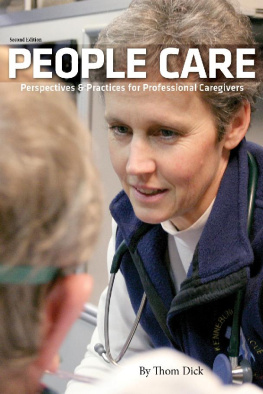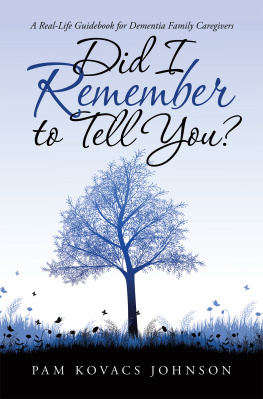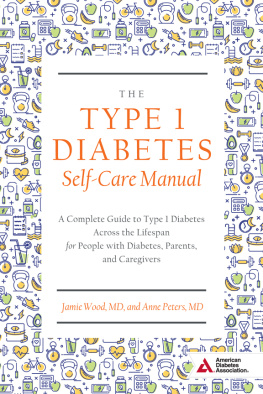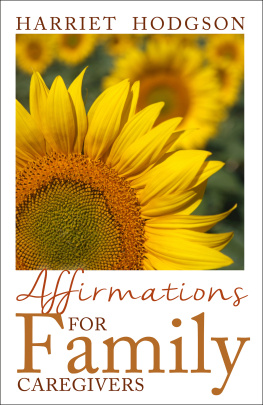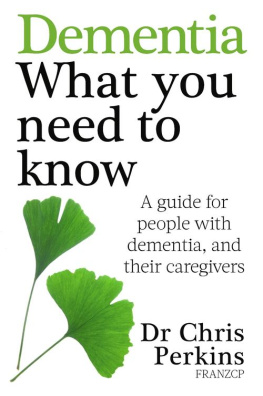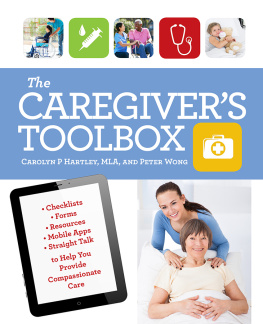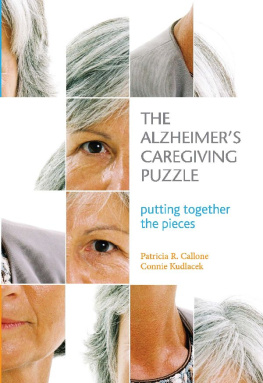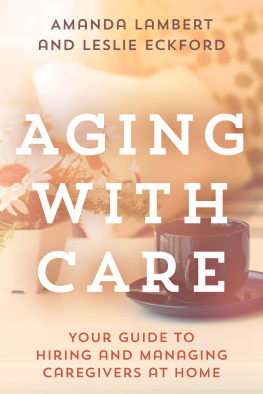PEOPLE CARE
Perspectives & Practices
for Professional Caregivers
Second Edition
By Thom Dick
I hereby dedicate this work to my grandmother and model, Kate Kraft Dick of Frankfurt am Main, Germany, who eventually suffered and died at a hospice in Parma, Ohio, where she had worked as a non-medical volunteer for more than 50 years.
Copyright 2012 by Cygnus Business Media
ISBN 0-9882839-0-9
2nd Edition September 2012
EMS World
Cygnus Business Media
1233 Janesville Avenue
Ft. Atkinson, WI 53538
800/547-7377
EMSWorld.com
All rights reserved. Printed in the United States of America. This publication is
protected by copyright and permission should be obtained from the publisher prior to any prohibited reproduction, storage in a retrieval system, or transmission in any form or by any means, electronic, mechanical, photocopying, recording, or likewise.
Publisher: Scott Cravens
Editorial Director: Nancy Perry
Associate Editor: John Erich
Designer: Carey Arneson
Cover photo: Dan Limmer, Limmer Creative Ventures LLC
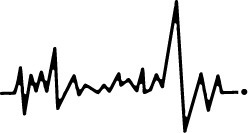
CONTENTS
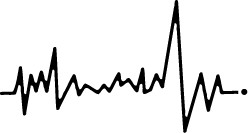
Foreword
As I read through the new, expanded version of this classic EMS book, People Care, my mind flashed back to the time I was one of those people who needed care. I was waiting for traffic to clear so I could make a left turn on my 1999 jet-black Harley Road Glide when I got a 50 mph Honda enema. The driver who rear-ended me knocked my bike 170 feet and me 130. He was a knee-walking drunk at 3:30 in the afternoon.
Ill tell you the full story sometime, but Ill keep it short for now. I figured out pretty quickly that I wasnt going to die and that I had the rare opportunity to see our EMS and trauma system from the wrong side of the stretcher. Im a firm believer that all things are either good experiences or content for book forewords. It was clear this was not going to be in the good experience category, so I decided to see how many of the EMTs, paramedics, nurses, doctors, lab and x-ray techs with whom I interacted would treat me as a persontreat me the way Thom describes in this book.
The first person to help was a bystander named Johnny. He was 18 years old and had just finished his U.S. Army basic training, after which they sent him to EMT school. Johnny didnt try anything fancy. He didnt have any equipment. He just sat cross-legged on the hot asphalt and chatted with me. He was relaxed, engaging and friendly. I noticed that he was working a mental status exam into our conversation. Pretty slick for a rookie, I thought. I also noticed that by his keeping eye contact with me, my head and neck stayed in neutral alignment.
Between the paramedics, EMTs, firefighters, nurses, emergency physicians, surgeons and others, I was cared for by 66 professionals before I encountered the next person who treated me like a person rather than a procedure. The 67 th person was the x-ray tech who ran the CAT scan at University Hospital. She put her hand on my shoulder, smiled at me, looked me straight in the eye and said, It looks like youve had a pretty crappy day. My name is Carolyn, and Im going to CAT scan you from the top of your head to your butt.
Im sure Johnny and Carolyn would enjoy this book, but its really not for them. You see, they already get people care. This book is for the 66 folks in between. Dont misunderstand; these are not bad people. They are neither uncaring people nor incompetent professionals. They are just the products of a healthcare education system thats missing a vital component. This book helps fill that hole.
Ive spent the last few years working EMS in Oakland, Calif. I spend a lot of time there with youth leadership groups that are working to pull Oakland off the CQ Press list of Americas most violent cities (in 2010 it ranked No. 5). When you sit down with groups of young people who have grown up in a world where they are poor, neglected, abused, beaten up, robbed, raped and lured into gangs, the first thing they want to know is if youre real. If youre not for real, they wont give you the time of day.
As an EMT, paramedic, emergency nurse, physician or other emergency healthcare provider, chances are you can also smell someone who is not genuine from a block away. Its not surprising that youve developed a finely honed BS detectoryou get lied to for a living. The author of this book, Thom Dick, is the most real person Ive ever met, inside or outside this profession.
I met him on the page before I met him in person. Im lucky he was willing to take me on and be my mentor in the early 1980s. Ive learned enough from him over the years to fill several terabytes of disk space. Not a day goes by that something hes taught me does not come alive in my clinical care, teaching or leadership practices.
Sportswriter Walter Red Smith once said, There is nothing to writing. All you do is sit down at a typewriter and open a vein. Well, after staying up all night reading, its clear to me that Thom opened an artery for you. This is as raw, personal and powerful as anything youll ever read on caring for others. For the sake of the vulnerable people under your care, I hope you take People Cares lessons to heart.
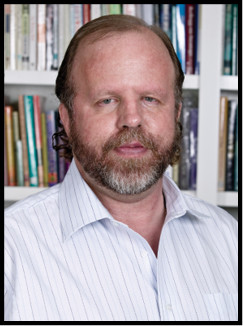
Mike Taigman
Oakland, Calif., 2011
Mike Taigman is an internationally recognized leader in emergency medical services. Hes worked with systems in 48 of the United States, most of the Canadian provinces, Israel, Palestinian territories, Australia, Tasmania and throughout Europe. Mikes published over 500 articles in professional journals, has lectured at conferences worldwide and serves as an assistant professor in the Graduate Department of Emergency Health Services at the University of Maryland Baltimore County. For the last 20 years, hes focused his efforts on quality/performance improvement in healthcare. Hes an improvement advisor with the Institute for Healthcare Improvement. Mike lives in California with his family. Hes spent his entire career working to live the principles and values hes learned and continues to learn from Thom Dick, his brother from another mother.
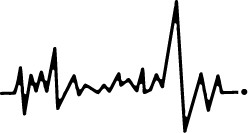
Introduction
Caring counts. Kindness heals. Service elevates. And humor begets endurance.
Chris Olson, MICP
The truth is, we had no idea what we were in for.
Working in ambulances of every description, thousands of us had heard our own sirens wailing above us, and had watched the features of our own cities passing us in the night, punctuated in bizarre red fantasies by our own flashing lights. We had each been there when a few people were born. Been there, too, when a lot more died. And we had all been immersed in events much bigger than we were.
But most of the time it was an endless parade of cranky people having the worst days of their lives, with their battered, smelly bodiesthe stale odor of their urine, their anguished faces and smeared feces, their pungent vomit and frantic families. Or, for some of them, their complete lack of anyone who ever thought about them or cared at all whether they lived or died.
Then we became paramedics .
There was a mystique to that word in the mid and late 70s. People had been watching TV shows that portrayed some of the excitement to which paramedics were exposedfrom delivering twins in an Airstream trailer to resuscitating a middle-aged man dragged from his burning condo, his clothes still smoking and the swirling, crackling, roaring sounds, smells and colors of a structure fire all around. The TV shows portrayed daring cliff rescues and extrications from impossible confines casually, as though they were daily occurrences.
Next page
